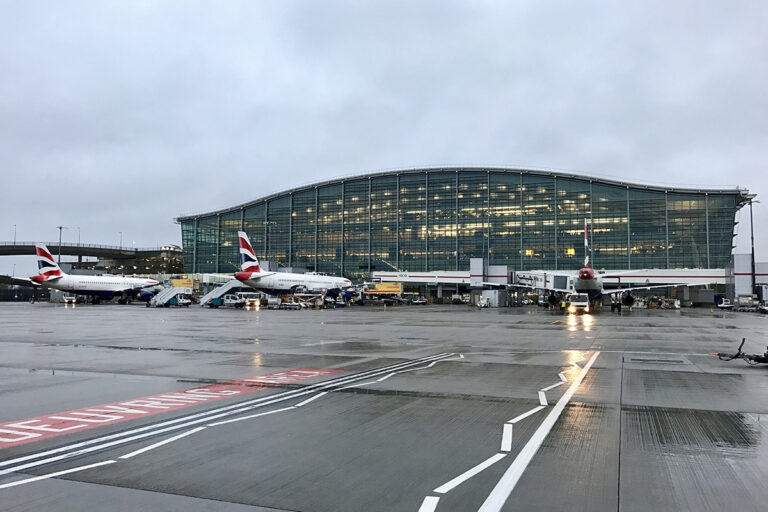London Heathrow Airport will be able to add 276,000 flights a year and increase the number of passengers from 84 million to 150 million annually after submitting a £49 billion ($65 billion) expansion proposal to the UK government.
The plan includes the construction of the controversial third runway at a cost of £21 billion, a new terminal and re-routing the M25, the major highway that circles London.
Heathrow expansion
The proposal includes £12 billion to fund a new terminal and £15 billion for modernisation. The airport said the expansion would provide at least 30 new daily routes, more domestic connections and improved flight times.
The runway would be privately funded. Terminal 2 would be extended as per the plan, while Terminal 3 – where Emirates flights operate from – and the old Terminal 1 would be demolished.
Thomas Woldbye, chief executive, said: “It has never been more important or urgent to expand Heathrow. We are effectively operating at capacity to the detriment of trade and connectivity.”
The expansion would require demolishing 752 homes in the surrounding area to make room for the third runway, as well as realigning and widening the M25 between the junctions at the airport. The project would also improve public transport links to the hub by expanding bus and rail capacity.
In a statement, Heathrow said: “A third runway and supporting infrastructure can be ready within a decade, and the full investment across all terminals would take place over the coming decades.”
The Labour government backed the new runway in January in a bid to boost UK economic growth. The project has faced opposition from environmentalists and local residents over the years, as well as the London mayor, Sadiq Khan, and some of Labour’s own MPs.
Britain’s Supreme Court ruled at the end of 2020 that Heathrow could build the third runway, overturning a legal decision to block construction on environmental grounds.
Meanwhile, hotelier Surinder Arora’s Arora Group, one of Heathrow’s largest landowners, said it will submit a rival bid to build a shorter third runway of 2,800 meters, that would be constructed at lower costs and with less disruption to local residents and the environment.

